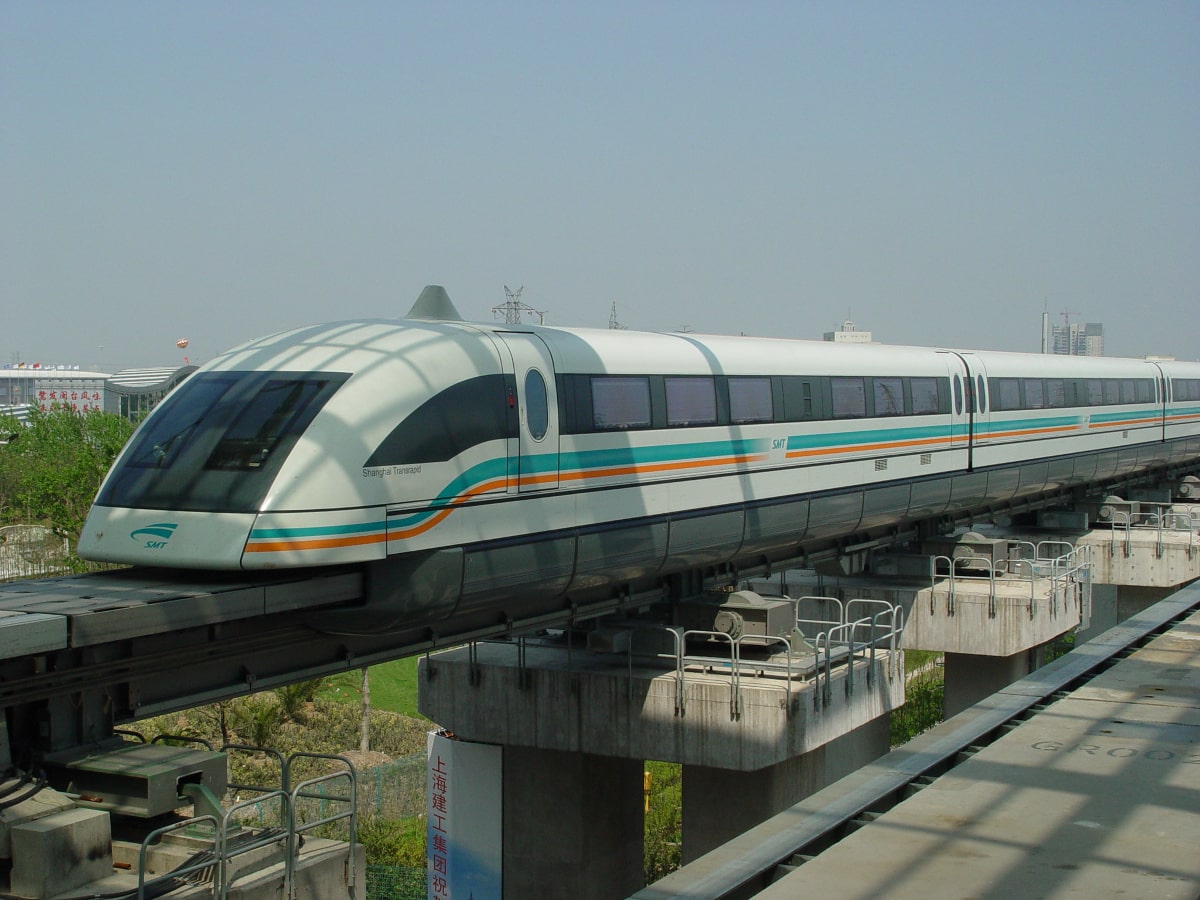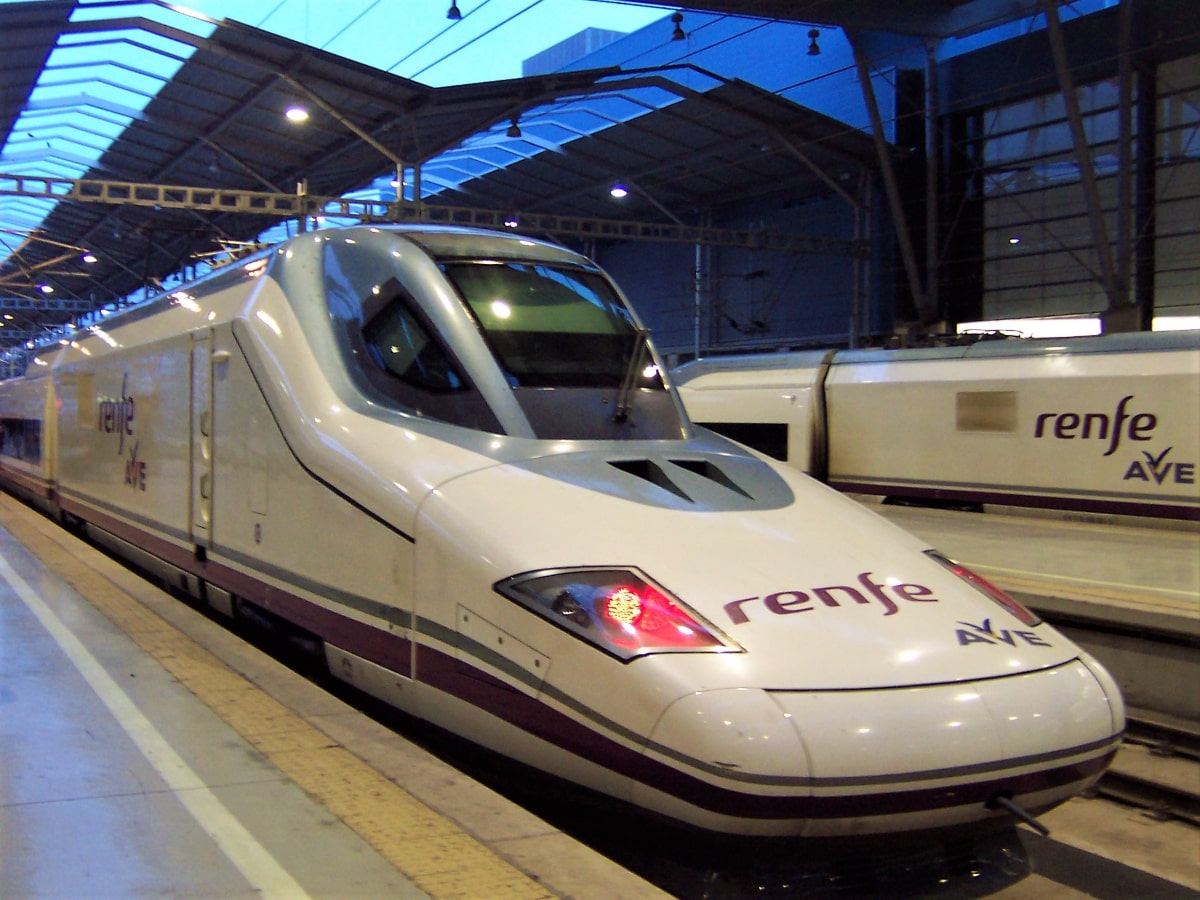Due to the environmental impact of flying, most would agree that high-speed rail has a big part to play in the future of both domestic and international travel. Trains are getting faster and more high-speed links are being built across the world. However the cost of using the fastest trains in the world remains high in most cases.
The World’s Fastest Trains
When you think of fast trains, you may be inclined to immediately think of the Far East and it is true that Japan and China largely lead the way when it comes to high speed rail with some outrageously fast bullet train services.
Rail Speed Records
It may surprise you to know that the world speed record for a conventional wheeled passenger train does not come from Japan or China, but was actually set in 2007 in France. A TGV service reached 574.8 km/h (357.2 mph) to break the previous record on a stretch of line between Paris and Eastern France.
However that speed has been eclipsed by Japan’s Maglev trains. These are different in that they don’t have wheels, but operate using magnets to push the train off the track and thrust it forwards. The maglev speed record was set in 2015 with a manned service reaching a staggering 603 km/h (375 mph) on the Yamanashi Test Track.
To put those speeds in some perspective, around 500 mph or 800 km/h is a typical cruising speed for a passenger aircraft. Given train stations are generally much more centrally located than airports and trains are much quicker to board and disembark, should they become fully operational, such Maglev services could radically alter the way people travel long distances and ease the reliance on polluting air travel.
Fastest Train in the World 2021
Safety restrictions and speed limits mean actual passenger services do not in practice reach those maximum speeds so there is some debate as to what the fastest train in the world is as of 2021.
China debuted a 600 km/h (373 mph) Maglev Bullet Train in 2021 however it doesn’t currently have enough Maglev tracks for the trains to run on. Indeed the only operating Maglev service in China is the one linking Shanghai’s Pudong Airport with the Longyang Road in the city. The 30 km journey takes just seven and a half minutes with trains accelerating rapidly to a top speed of around 430 km/h before slowing down to reach its destination in breathtaking time. It is currently the fastest train in China and believed to be the fastest passenger train service in the world that is fully operational.

Fastest Trains in China & Maglev Network Plans
Building a large Maglev network is believed to be a major priority for the Chinese government as they look to reduce the time it takes to travel around what is a vast country. The new Maglev trains could in theory slash travel times between all the major cities and reduce the need for domestic air travel and building a large network of the fastest trains in the world would be another real signal of China’s growing economic power.
China is already not doing too badly in that regard though with the world’s largest high-speed rail network. Aside from the short Shanghai Airport Line, there are thousands of kilometres of rail tracks where trains can operate at over 300 km/h.
Examples include the Beijing-Shenzhen line where you can travel around 2200 km in roughly 8 hours 30 minutes, getting from the Chinese capital in the northeast to the major southern city bordering Hong Kong.
Meanwhile the Beijing–Shanghai high-speed railway reaches top speeds of around 350 km/h meaning the fastest services take around four hours thirty minutes. That’s twice the duration of flights between the two cities but it’s already more convenient for many travellers to take the train and any eventual Maglev service between the two most important Chinese cities could all but remove the need for Beijing-Shanghai flights.
Japan’s Bullet Trains
Japan is another nation well known for its outstanding high-speed rail network and it was one of the first countries to develop a fast, efficient way to get around by train. The oldest of its high-speed lines, the Tokaido Shinkansen linking Tokyo with Nagoya, Kyoto and Osaka, has been providing rapid rail transport since way back in the mid 1960’s.
Although not particularly large by surface area, Japan’s unusual island shape means there are some relatively long distances to be covered and the location of the major cities, most of which could be easily and logically linked together by what is essentially one long line, made developing a fast rail service the obvious choice for reducing travel times.
The bullet trains link the major islands of Honshu, Kyushu and Hokkaido. Today they run from as far south as Kagoshima, all the way to Hakodate in the north and reach top speeds of 320 km/h.
They also stand out as the crème de la crème when it comes to global rail travel due to their extreme punctuality with most trains departing to the second they are supposed to, while there have been no fatal accidents during the long history of Japan’s bullet train services. Thanks to the popular Japan rail passes, it’s very easy to explore the country by rail too while those living in Japan are also able to take advantage of the opportunity to visit new places quickly during their free time.
High Speed Rail around the World
It’s curious how rail travel has really taken off in some parts of the world but not in others. There are no truly “high speed” train services in the Americas or Oceania for example, but it’s possible to travel on trains topping 300 km/h in other continents.
- Europe’s Fastest Train Journeys
Europe has an extensive rail network but few services reach the kind of speeds common in China and Japan.
Most of Europe’s fastest rail connections are found in France. The LGV Est line between Paris and Strasbourg operates at a speed of 320 km/h (200 mph). That has cut previous journey times in half but is still considerably slower than the speed record on the line when specially modified trains were used. There are also small sections of France’s rail network such as Le Mans-Rennes and Tours-Bordeaux where trains also operate above 300 km/h.

Outside of France, there is only one other European country where trains regularly go faster than 300 km/h. That is on the Barcelona-Madrid AVE line in Spain with connections taking just 2 hours 30 minutes to travel more than 600 km from the Spanish capital to the Catalan coast.
- Africa’s Fastest Train
Spain’s southern neighbour Morocco is a somewhat surprising location for one of the world’s fastest rail lines. The Al-Boraq service linking Casablanca and Tangier is now fully operational. It uses the same double-decker high speed trains in service in France reaching a top speed of 320 km/h in the quickest parts, making it comfortably Africa’s fastest train line.
- Fastest High-Speed Railway in the Middle East
The Middle East is another where high-speed rail travel is expected to grow considerably over the coming decade. The region’s fastest line is the 2018-opened Haramain Express line. It links the holy city of Mecca with Medina via the Red Sea city of Jeddah with trains operating at top speeds of 300 km/hr.
There is also a huge $250 billion plan for a Gulf Railway which would link Saudi Arabia, Bahrain, Kuwait, Qatar, the UAE and Oman. This is one of the largest current construction projects in the world although under current proposals trains would only reach maximum speeds of around 220/h, somewhat pedestrian by the standards of the fastest bullet trains in the world.
This post was published in August 2021.

